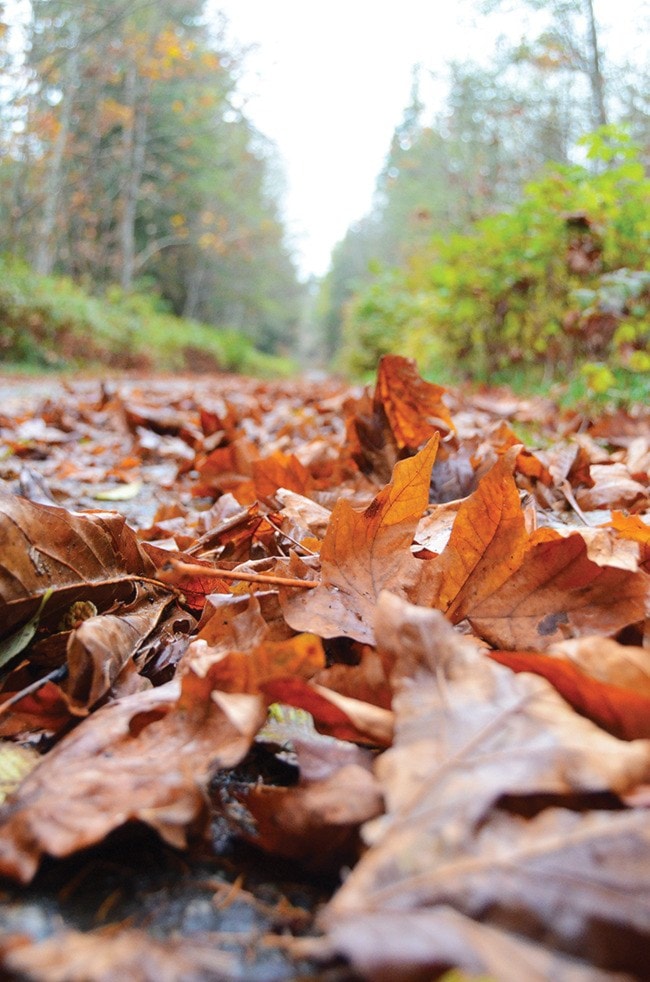City council has endorsed a plan to increase the amount of tree cover over the city’s urban area by seven per cent within the next 20 years.
At last week’s Tuesday meeting, council gave support in principle to an Urban Forest Management Plan that includes an “ambitious target” of 40 per cent tree cover by the year 2035.
Currently, the percentage of tree cover within Campbell River city limits sits at 33 per cent, plus or minus two per cent.
Chris Osborne, city planner, said the target is non-binding and there are no penalties or consequences of failing to meet the 40 per cent mark, which is the benchmark for the Pacific Northwest ecoregion.
“This is an ambitious target since ongoing development generally serves to decrease, rather than increase, tree cover as sites are cleared,” Osborne said. “With no interventions as identified within the Urban Forest Management Plan, the ‘do-nothing’ scenario predicts that tree cover will diminish to 20 per cent by 2035. This assessment is based on the amount of undeveloped, canopied land potentially available for development over this period.”
Increasing the tree canopy cover over the city’s urban areas is expected to bring about many benefits including shade, habitat for birds and insects, increasing property values on tree-lined streets, enhancing the ambience downtown and in residential neighbourhoods, and absorbing pollution.
But while council as a whole supported the plan, not every councillor was truly on board.
Coun. Larry Samson said he wasn’t happy that the plan will not take into account the Beaver Lodge Lands.
“When we look at our city as a whole, and we take the area containment boundary, which is significantly smaller, and in that we take out over a 1,000 acres of the Beaver Lodge Lands, I think we’re hand-tying ourselves,” Samson said.
Osborne said the reasoning behind excluding the Beaver Lodge Lands is that the plan is intended to apply only to the city’s urban area which leaves out both the Beaver Lodge Lands and Elk Falls Park.
“The plan is focused firmly on the urban forest, and what can be achieved in terms of incorporating greater canopy cover within the built up area,” Osborne said. “The point is not to examine commercially forested lands (including Beaver Lodge Lands) or remote rural areas and offset a lack of canopy cover in built-up areas with yet more trees within already-forested areas. To include these areas in this plan would undermine its core intent, which is to provide shade, cooling, stormwater runoff, wildlife habitat, etcetera, within built up areas.”
The plan has been in development since 2011. The first phase included an extensive inventory of all the trees within the city’s urban boundary while the second phase involved establishment of the canopy coverage targets and actions.
The plan was developed in consultation with Greenways Land Trust and the public through two open houses in the fall of both 2014 and 2015, as well as through an online survey which garnered approximately 200 responses.
Now that council has supported the plan in principle, city staff will come back to council with options on how to go about increasing the spread of tree cover.
Potential action items include planting trees on public lands and within roadways, as well as adding incentives to encourage private landowners to retain and plant trees on their own properties.
